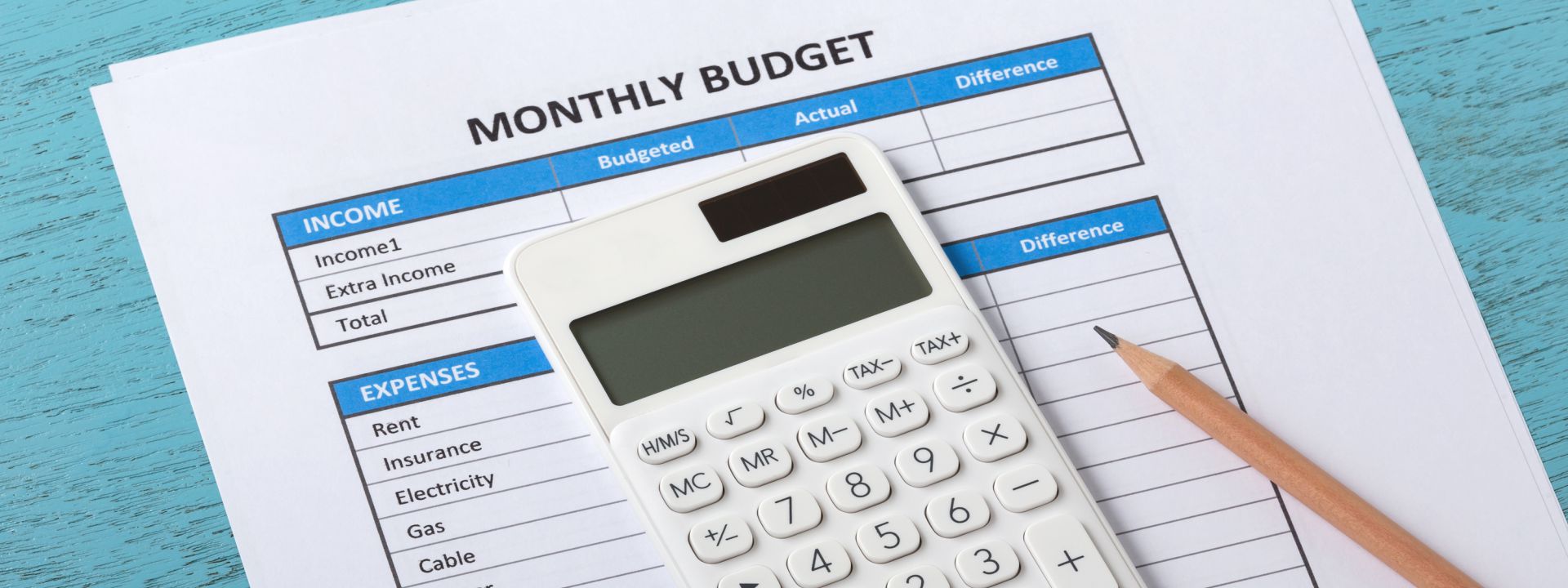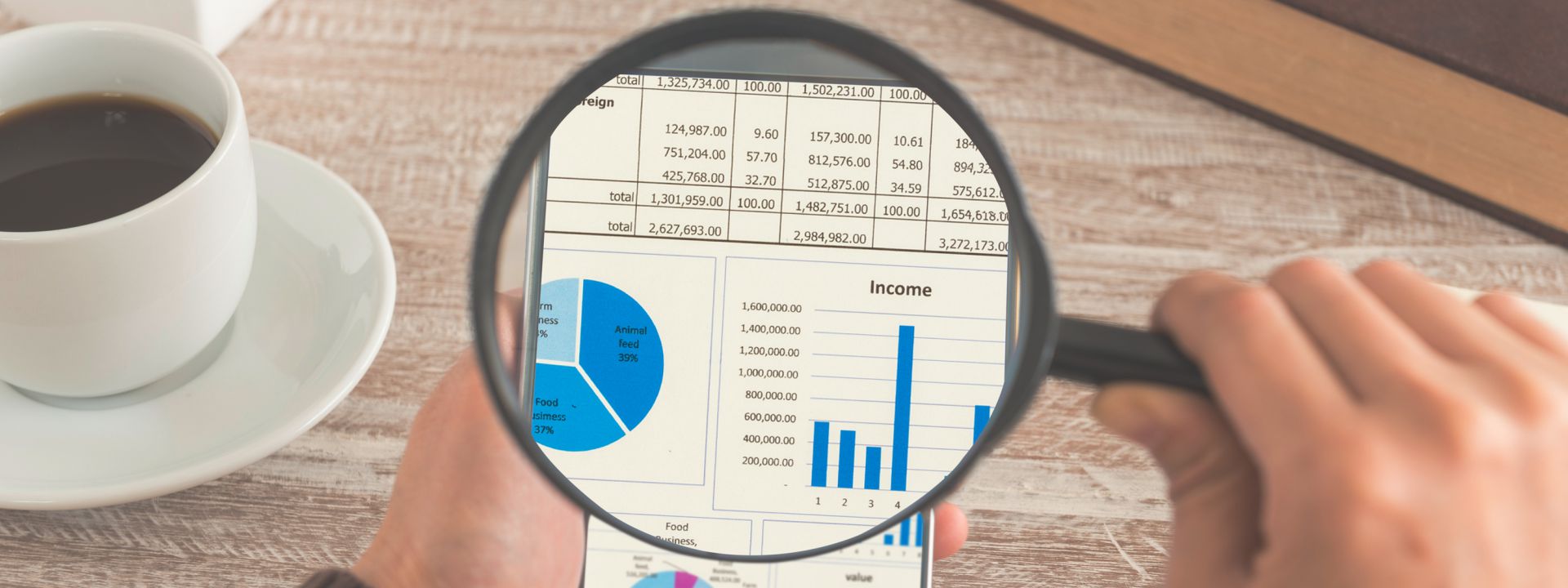Article
Techniques/ Methodologies of Credit Risk Modelling - Greyfont
Views: 2053
Techniques/ Methodologies of Credit Risk Modelling
Two types of risks are encountered by the banking sector, namely, credit risk and market risk. Credit risk is intrinsic to the business of lending funds. The risk becomes critical when the borrower fails to meet the obligations or the agreed terms. Credit risk may become troublesome if lending is done without getting adequate knowledge about the borrower’s capability to repay the loan. Credit risk should be addressed carefully concerning its impact on banks profitability. If the risk is intense, it puts a severe threat to banks’ survival. So, it becomes imperative for any financial lender to attend credit risk issues with top priority as it plays a vital role in determining profitability, liquidity, and soundness of banking operations.
A valid credit risk model should be multidimensional and comprehensive. It should be capable of coping up with environmental changes and strike a balance between risk and return and focus on the bank’s profitability and long-term survival. All bank activities are required to raise funds and give credits to earn the profit. Therefore, credit risk cannot be eliminated, but efforts can be made to keep the risk within acceptable limits through appropriate risk management techniques. Credit risk relates to borrower’s defaulting his obligations while market risk has to do with the variability of the value of the financial position due to changes in interest rates, exchange rates, etc.
There is a fundamental difference between the two. While market rates change every minute of the day, credit events are rare, and their data is also small. Secondly, historical evidence is readily available to calculate market rate correlations. However, correlations in credit cannot be easily obtained and may have to be inferred from sources like equity prices.
Credit risk models attempting to measure risk computes the value at risk, as credit face the hurdles related to data limitations and model validations that otherwise can be used as better alternative to the standard approaches to measurement of capital by the banking community.
Now, credit risk sits across an array of business areas, including retail, commercial and industrial, commercial real estate, and structured finance. Risk models are here to help banks and financial institutions from financial crimes by reviewing trading strategies, analyzing data, and developing scorecards. The sole aim is to keep both the banks and customers safe.
Credit risk is a chance of a borrower defaulting on debt by failing to make the required payment. The risk is part and parcel of any lending business. Pinpointing the amount of risk that comes with each loan is a difficult task. Some factors commonly considered are probability of default, amount of exposure at the time of default, worth of the credit at the time of default, and overall loss in the event of a default.
To tackle these complex issues, financial institutions have to rely on risk models to work out the possibility of whether a consumer will repay a loan. As technology advances, new models are evolving for credit risk management. Below is the list of models used in analyzing credit risk.
Data and Analytics for Credit Modelling: Data and analytics can be effectively used for designing credit modeling. Historical data of the borrower can be easily extracted using this model, and its analysis can give us insights of his behavior in paying off the loan. Analysis of his behavioral pattern concerning his payment history until the current level of indebtedness to his average level of credit history will help determine whether he is eligible for a loan.
Credit Invisible Factors: Certain credit invisible factors need to be considered. The ways of spending, saving, and borrowing money are changing. Gone are the days when people used to establish credit through large purchases like buying homes or cars and making payment on time. Instead of buying homes or cars, renting apartments and sharing cars is in trend. People like to spend large sums of money on gaining experiences than on buying material things. This has resulted in people not having established a credit history. Naturally, lenders turn down their requests for credit. However, these people are seen to have sound banking and non-credit product history which can be very well used to create a better risk assessment. Now, these people get easily qualified for financial products at reasonable risk, and this risk can be assessed during the life of the loan.
Digitizing Credit Risk Modeling: This is a new approach used to study client’s creditworthiness which not only looks at his credit score but also at his other real-world factors like the rent he pays and the way he spends on his other utilities. This exposes his transactional data, assets, liabilities, and his non-income and deposit information which can be used for better lending decisions. With the advent of these new digitizing tools and analytics, consumers can capitalize on their credit opportunities and the lenders can fearlessly reach out to them to extend credits. New companies are emerging to offer innovative solutions for lenders to find credit defaulters to make accurate credit risk mitigation and modeling.
One such solution is providing lenders with client permission financial data from credit cards, investments, and loans for a comprehensive real-time look into the client’s financial health and history. This saves the client from the cumbersome tasks of providing paperwork such as pay slips and bank statements that can either slowdown down or halt the loan process.
Some companies are working on compiling a robust database of billions of anonymous and de-identified consumer transactions that can be used to identify creditworthiness of new segments of clients. Use of this database can add many borrowers to the list which were previously marked unworthy purely on the credit score basis.
Future of lending: Alternative data with insight into customers assets, income, and expenses coupled with customer’s credit reports gives leverage to open new credit markets to otherwise undeserving consumers and helps lenders close more loans with confidence in their risk decisions.









 support@greyfont.com
support@greyfont.com Call Us on (022) 4891 3051
Call Us on (022) 4891 3051